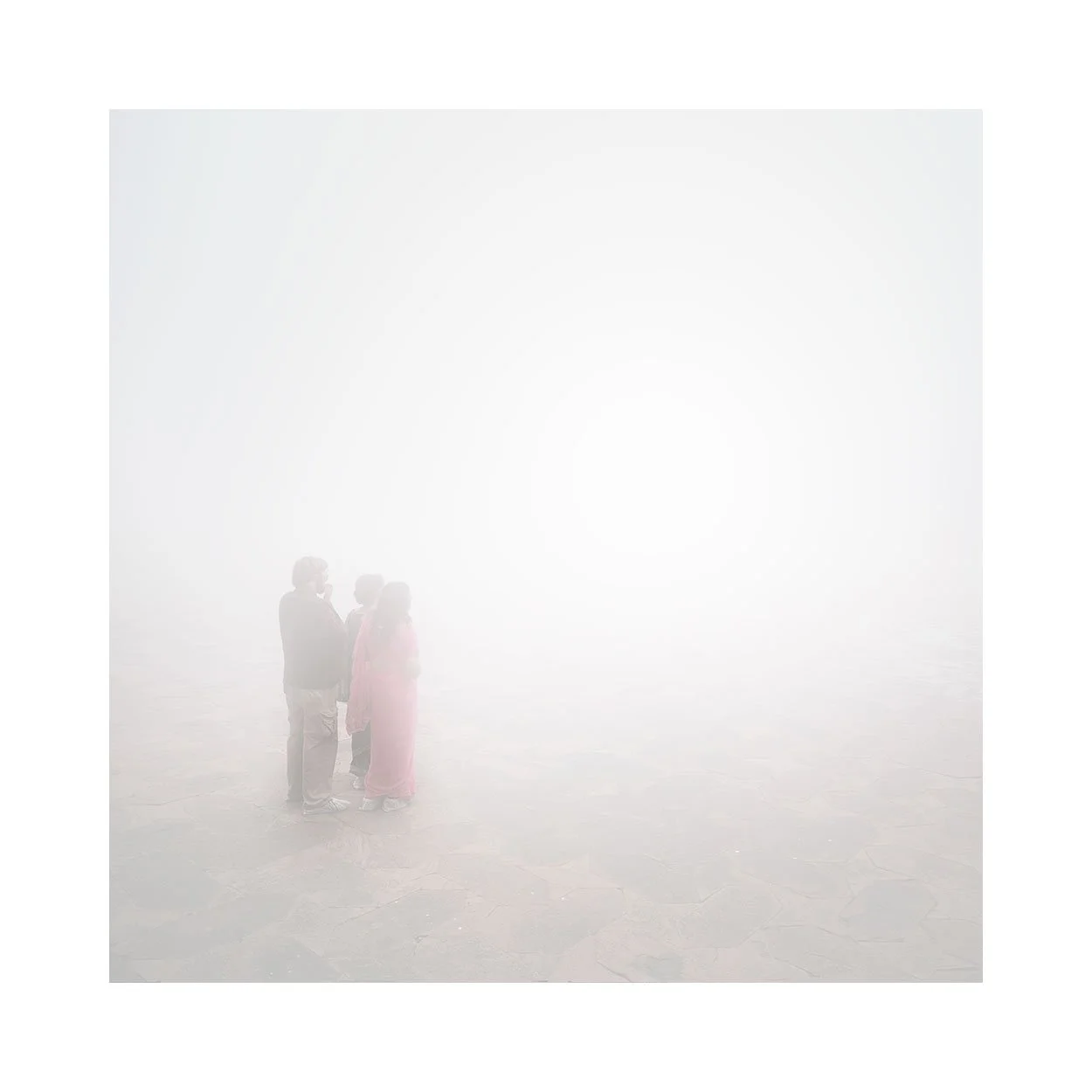I believe in the importance of finding inspiration in a single image to overcome creative inertia. As I reflect on the process, I notice how portfolios become more rounded as more images are added. I also notice that strong ideas tend to lead to a quick emergence of themes in my work.
Sometimes, when I get home from a trip and review what I’ve shot, it can appear at first, as though there is no theme to the work I’ve made. That is certainly how I felt about a set of images I made whilst in Aomori, a region in northern Japan in January of 2024.
The degree of skill required in turning what may appear on the surface, to be nothing more than a collection of random visual thoughts, into something that has a consistent stylistic message, cannot be overstated. It is something I care about deeply. For if I feel a theme is not present, then I will often struggle to begin work on editing the images from a shoot.
Inertia may consume me if I find I am unclear which direction to take the work in. The antidote, I have found, is to find inspiration in the lone image. If I can find one single image that is inspiring to edit, then this may be the only catalyst that’s needed for me to begin. And interestingly for me, with my Aomori images, it was not a landscape image that drew me in. It was instead, an image of a mural that I had shot in a Buddhist temple, that gave me the start I needed.
From there, I worked on a further two mural images. There was something pleasing about their warm golden colour and the beauty of the scenes they depicted, that helped me group them into a set of three images.
At first though, these murals appeared to be at odds with the surrounding landscape of beautiful frozen lakes and trees that I’d encountered. I chose to work on the winter scenes in isolation so as not to be confused or influenced by the murals I’d shot. Once I had completed work on them, I then chose to put them next to the murals to see how they felt as a collection.
I was surprised to find they sat comfortably next to each other, and I believe upon reflection, it was because they are of complimentary colours. The cool blues of the winter snow scenes compliment the warmer yellow hues of the murals. Blue and yellow are opposite each other on the colour wheel.
I often feel that portfolios tend to grow in terms of personality as we add more images to them. Their nature, or personality becomes more formed, more rounded as we continue to develop the collection.
But I am no fan of large collections of images. I much prefer small portfolios of an uneven number. Six images is often enough to convey a story. Nine is nice also but beyond that, the story may start to feel unnecessarily complex, or I will find the set contains too many images that are similar.
In terms of layout, six or nine images lay out well in columns of three. This suits my aim for things to be concise, and for the work to be clear of intention.
I have often thought that when an idea is strong, things tend to flow. Work will come together quickly. Songwriters often say for their best work that ‘the song seemed to write itself’, and I think that when we are working with strong ideas, a theme will quickly present itself. You just have to find that one lone image, to help you find the way in.































